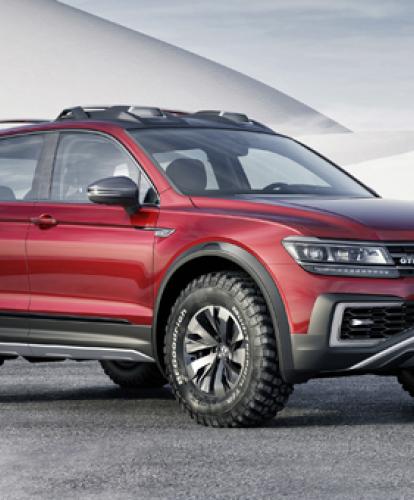With the Detroit Motor Show in full swing, Zapmap takes a look at the plug-in cars that are under the spotlights.
There are two crucially important cars that have been revealed at Detroit, and they happen to be direct rivals. Volvo’s S90 and the Mercedes Benz E-Class have been given Detroit debuts and are set to enter the executive saloon market boasting plug-in powertrains.
The Volvo uses the multi-award winning XC90’s T8 TwinEngine set-up for a 407hp car that will emit 44 g/km CO2, return a weighted combined 148.8 MPG, and cover around 28 miles on electric-only power. With advanced safety and semi-autonomous driving equipment fitted, the S90 is set to shake up the sector, though it won’t have it all its own way.
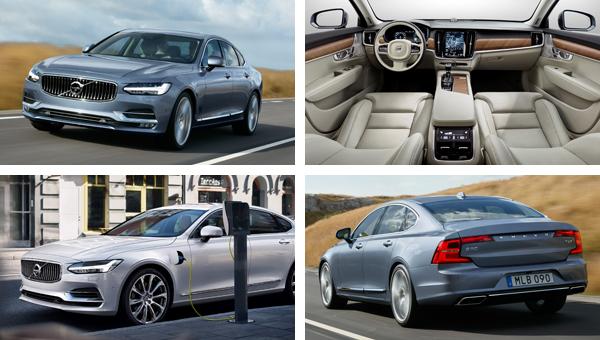
With the unveiling of the E-Class, Mercedes also displayed a brand new executive saloon packed full of autonomous driving technology and new levels of efficiency. It too will be available as a plug-in hybrid model, sitting nicely in between the smaller C-Class and larger S-Class models which already have a PHEV option. The Mercedes can’t quite compete with the Volvo in terms of statistics but it is a close run thing.
The E350e will produce 279hp with an electric range of 19 miles, CO2 emissions at 49 g/km and a fuel economy figure of 134.5 MPG. It will be very interesting to see which is best when out on the road, though Volvo looks to have the upper hand to start with.
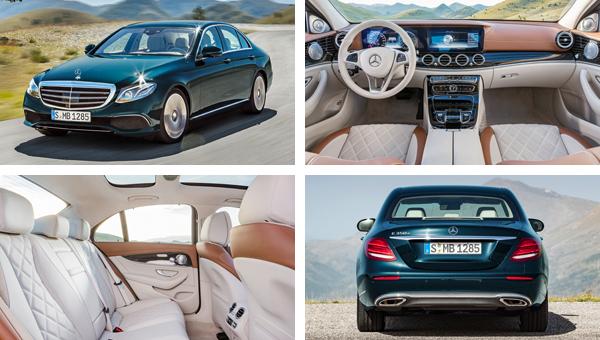
The other significant plug-in news for UK drivers came from Volkswagen, which confirmed the future production of a new PHEV with the Tiguan GTE Active Concept. The popular family-sized SUV will benefit from the GTE powertrain development seen in the Golf and Passat line-ups. The Tiguan GTE will feature a 1.4 litre petrol engine combining with two electric motors, for electric-only all-wheel drive capability. This will return around 75 MPG with an electric range of around 20 miles. Further details haven’t been announced but will likely be confirmed when the production model is launched, with less off-road specific styling in all likelihood.
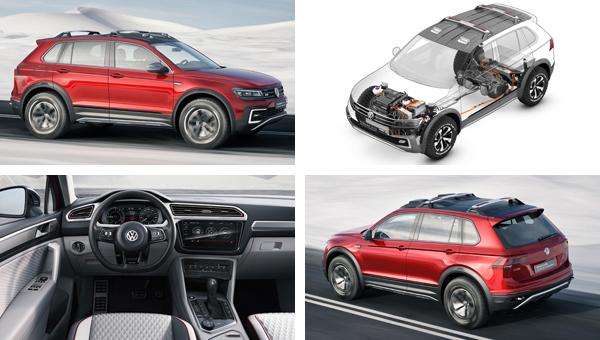
Beyond those three PHEV’s, there is little of direct plug-in interest for those who live on the other side of the pond from Detroit. Chevrolet’s Bolt EV was displayed after its reveal at last week’s Consumer Electronics Show (CES). The model’s battery size has been announced now as a 60 kWh lithium-ion unit comprised of 288 cells.
Unfortunately, there are still no plans to bring the Bolt to the UK so would-be buyers will have to import a left-hand drive model from Europe should they want one. Likewise, Chrysler’s Pacifica and Ford’s Fusion were both on show with plug-in hybrid options though neither are expected to go on sale elsewhere. It’s a shame as the Pacifica is a large MPV that would benefit from the help of an electric motor, while the Fusion is the same vehicle as Ford’s Mondeo and would be easy to bring over, both to Europe and to the UK.
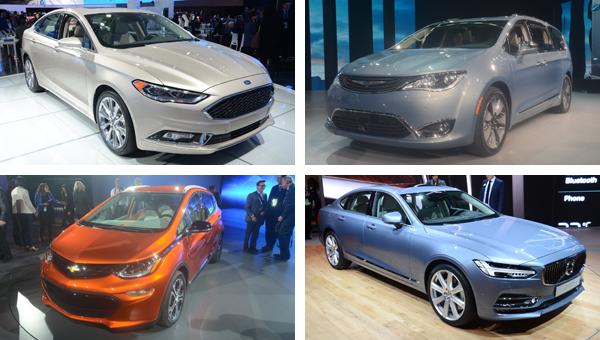
Interestingly and of some concern, there have been no new pure-EV launches at Detroit. The US market is an important one worldwide, especially so for EV manufacturers. It was hoped that at least an exciting EV concept would have been shown, though it seems that Volkswagen and Faraday Future both decided that the CES was a better bet for the launch of their new models – the BUDD-e and FFZERO1 respectively.
In fact, there were a number of large and powerful coupes and SUVs launched at NAIAS, reinforcing a bit of a stereotype for US buyers. Lexus, Infiniti, Buick and Kia all presented stylish models though with somewhat antiquated powertrain elements. With brand new cars comes the opportunity to develop a model that includes electric options but this hasn’t happened.
This is a real shame because Detroit has traditionally been an important motor show on the world stage. The number of North America-only models revealed – and with little or no hybridisation let alone electric-only powertrains – presents an inward looking view from the US car makers.
So, an opportunity missed for the US to build on the success of CES and show the world it is focused on low emission motoring. It is hoped that March’s New York Motor Show, which has been building a good reputation over the last few years, will see the launch of more plug-in cars . . . and that they will not just be for the home market.
